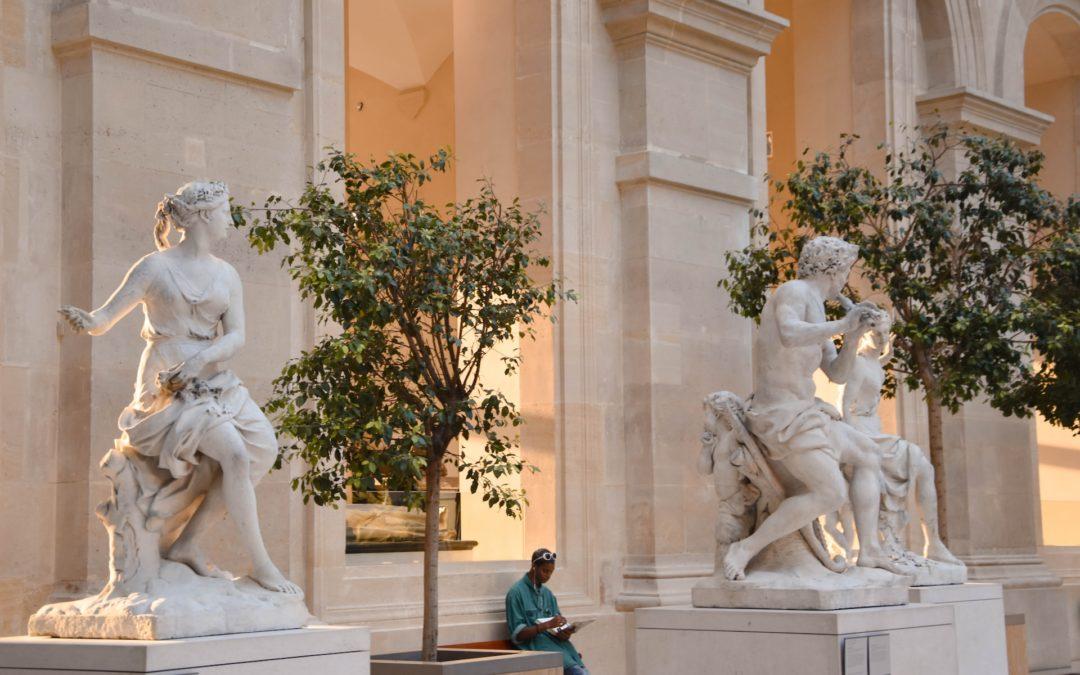Art, in its various forms, offers a spectrum of benefits that extend beyond mere aesthetics. From fostering creativity and emotional resilience to promoting cultural understanding and community bonding, engaging with art enriches lives on multiple levels. In this article, we’ll uncover the top 20 benefits of art that positively influence personal development and contribute to the well-being of individuals and society.
What is Art?
Art is a diverse range of human activities and creations that express imaginative, conceptual, or technical skill, intended to be appreciated primarily for their beauty or emotional power. It encompasses various forms such as painting, sculpture, music, literature, dance, and more. Art is subjective and holds cultural, historical, and personal significance, often provoking thought, emotion, or reflection in individuals. Explore the rich tapestry of art to experience its profound impact on society and the human experience.
Throughout history, art has served as a reflection of societal values, beliefs, and ideologies, offering a lens into different eras and cultures. It acts as a powerful medium for communication, conveying messages, stories, and ideas that transcend language barriers. Artistry often involves a blend of creativity, skill, and innovation, pushing boundaries and challenging perceptions.
Art can evoke a wide spectrum of emotions, from joy and inspiration to contemplation and introspection. It stimulates intellectual curiosity, encouraging dialogue and interpretation, fostering connections between individuals and communities. The interpretation of art is deeply personal, influenced by one’s experiences, perspectives, and emotions.
In the contemporary world, art continues to evolve, embracing new technologies and mediums. Digital art, multimedia installations, and interactive experiences redefine traditional boundaries, inviting audience engagement in novel ways.
Ultimately, art remains an essential aspect of human expression, offering a platform for self-discovery, cultural preservation, and the exploration of the human condition.
The Biggest Benefits of Art in Our Lives
1. Self-Expression
Art provides a unique avenue for individuals to communicate their innermost thoughts, emotions, and experiences in ways that may surpass the limitations of conventional communication. While words may sometimes fall short in capturing the complexity of feelings, art allows for a nuanced and subjective form of self-expression. Through brushstrokes, colors, or other artistic elements, individuals can convey the subtleties of their emotions, creating a visual and visceral representation of their inner world.
2. Therapeutic Value
The therapeutic benefits of art are profound and wide-reaching. Engaging in artistic activities, be it painting, drawing, or other forms of creative expression, offers individuals a therapeutic outlet for introspection and emotional exploration. Art becomes a means for individuals to find solace, confront psychological challenges, and navigate their emotions. Recognized as a powerful tool in mental health treatment, art therapy provides a structured and guided approach to healing through creative processes.
3. Cultural Understanding
Art acts as a visual language that transcends geographical and linguistic boundaries. Exposure to diverse artistic traditions provides valuable insights into different cultures, histories, and perspectives. Through art, individuals can develop a deeper cultural understanding, fostering tolerance and appreciation for the richness of human diversity. Art becomes a bridge that connects people, creating a shared space for cross-cultural dialogue and mutual appreciation.
4. Creativity Boost
Engaging with art stimulates the imagination and encourages creative thinking. Art challenges individuals to break free from conventional thought patterns, fostering an environment where new ideas can flourish. Whether it’s experimenting with artistic techniques or exploring unconventional approaches to problem-solving, the creativity cultivated through art extends beyond the canvas and positively impacts various aspects of life, encouraging innovation and out-of-the-box thinking.
5. Improved Cognitive Skills
Artistic activities contribute to enhanced cognitive functions. The process of creating art involves intricate cognitive tasks such as planning compositions, making decisions about colors and shapes, and problem-solving. Studies indicate that engagement in artistic endeavors can lead to improvements in memory, attention, and other cognitive skills, showcasing the intellectual benefits of artistic expression.
6. Emotional Resilience
Art provides a constructive outlet for the expression of complex and sometimes challenging emotions. By externalizing feelings through the creative process, individuals can navigate and make sense of their emotional landscape. This engagement with art promotes emotional resilience by encouraging individuals to confront and process difficult emotions, fostering a sense of empowerment and well-being.
7. Enhanced Communication Skills
Art offers a non-verbal mode of communication, allowing individuals to convey intricate ideas and emotions without relying solely on spoken language. Whether through visual arts, music, or dance, the communicative power of art transcends linguistic barriers, enhancing overall communication skills. This alternative means of expression provides individuals with a versatile tool for sharing their thoughts and feelings.
8. Cathartic Release
Creating or experiencing art can be a cathartic experience, akin to a therapeutic release of pent-up emotions. The act of translating inner experiences into a tangible form, be it through painting, writing, or any other artistic medium, provides a transformative outlet. This emotional release contributes to a sense of relief, renewal, and emotional well-being, allowing individuals to process and move beyond challenging experiences.
9. Stress Reduction
Art offers a therapeutic escape from the demands and stresses of daily life. Engaging in creative activities can be a meditative experience, promoting relaxation and mindfulness. This intentional focus on the creative process serves as a valuable stress reduction strategy, contributing to the maintenance of mental and emotional well-being in the face of life’s challenges.
10. Improved Motor Skills
Fine motor skills are refined through artistic activities such as painting, drawing, or sculpting. The precision required in these endeavors contributes to improved coordination, dexterity, and fine motor skills. As individuals manipulate brushes, pencils, or sculpting tools, they not only create art but also enhance their physical abilities, showcasing the interconnectedness of artistic expression and motor skill development.
11. Increased Empathy
Exposure to diverse artistic expressions becomes a conduit for empathy. By immersing themselves in various forms of art, individuals are invited to understand and connect with the experiences, perspectives, and emotions of others. This emotional connection forged through art cultivates a profound sense of shared humanity, fostering compassion and an appreciation for the diversity of human experiences.
12. Critical Thinking
Analyzing and interpreting art is an exercise in critical thinking. Viewers are engaged in the intricate process of deciphering meanings, intentions, and artistic techniques embedded in a piece. This analytical approach not only deepens one’s appreciation for art but also nurtures the development of critical thinking abilities. It encourages individuals to question, evaluate, and explore multiple perspectives, honing skills that extend beyond the realm of art into various facets of life.
13. Aesthetic Appreciation
Art encourages individuals to recognize and appreciate the inherent beauty in the world around them. Whether through visual arts, music, or literature, the cultivation of aesthetic appreciation adds layers of depth to life. Engaging with art fosters a heightened sensitivity to the visual and sensory aspects of the human experience, prompting individuals to find beauty in the ordinary and extraordinary moments of life.
14. Cultural Preservation
Art serves as a tangible link to cultural heritage. Through artistic expressions, traditions, stories, and values are not only preserved but also transmitted across generations. This contribution to cultural preservation plays a crucial role in maintaining the continuity of cultural identity. Art becomes a dynamic vehicle for passing down the rich tapestry of human history and heritage.
15. Community Building
Art possesses the unique ability to bring people together. Collaborative art projects, community exhibitions, and cultural events create a shared space for experiences, fostering connections and a sense of belonging within communities. Art becomes a unifying force, transcending individual differences and contributing to the creation of vibrant, inclusive communities.
16. Increased Patience
Artistic endeavors often demand patience and perseverance. Whether individuals are mastering a particular technique, completing a project, or waiting for creative inspiration, the process of creating art instills and enhances the qualities of patience and persistence. Art becomes a teacher, imparting valuable life skills that extend beyond the studio or gallery.
17. Enhanced Mood
The transformative power of art extends to emotional well-being. Both creating and experiencing art can have a positive impact on mood, providing an avenue for joy, inspiration, and a sense of accomplishment. Art becomes a source of emotional nourishment, offering a refuge and contributing to overall mental and emotional well-being.
18. Personal Growth
Engaging with art is a journey of self-discovery and personal growth. It encourages individuals to explore their capabilities, challenge their boundaries, and evolve both creatively and emotionally. The process of creating art becomes a mirror reflecting the depths of one’s identity and potential, fostering a continuous journey of self-exploration and growth.
19. Inspiration for Other Disciplines
Artistic expression often serves as a wellspring of inspiration for innovation in other fields. The ability to think creatively, approach problems from unconventional angles, and embrace a spirit of experimentation, nurtured through engagement with art, can positively influence endeavors in science, technology, literature, and more. Art becomes a catalyst for interdisciplinary thinking and breakthroughs.
20. Timeless Legacy
Art has the enduring power to leave a lasting legacy. Through their artistic creations, individuals contribute to the cultural and historical tapestry, inspiring and influencing future generations. This legacy underscores the enduring impact of art on human civilization, shaping societal narratives, and serving as a testament to the timeless and transcendent nature of artistic expression.
Importance of Art
Art holds profound significance in human culture, serving as a potent expression of emotions, ideas, and creativity. It encompasses various forms like painting, sculpture, music, literature, and more. The importance of art lies in its ability to evoke emotions, stimulate critical thinking, and provide a platform for cultural exchange and societal reflection. It enriches lives, fosters innovation, and contributes to individual and societal well-being by nurturing imagination and empathy. Embracing art promotes cultural diversity, preserves heritage, and fosters a deeper understanding of the world, making it an indispensable facet of human existence.
Art serves as a mirror reflecting societal values, beliefs, and challenges across different eras. It transcends language barriers, fostering connections among diverse communities by communicating shared human experiences. Its role in education is pivotal, nurturing creativity, critical thinking, and problem-solving skills essential in navigating a rapidly evolving world.
Moreover, art contributes to economic growth through industries like entertainment, design, and tourism, stimulating innovation and entrepreneurship. It revitalizes urban spaces, adding vibrancy and cultural identity to communities. Additionally, therapeutic benefits of engaging with art, including stress reduction and improved mental health, underscore its significance in holistic well-being.
Artists, through their creations, challenge norms, provoke thought, and inspire change. They push boundaries, sparking conversations and shaping perspectives on pressing social issues. Furthermore, art preservation safeguards our heritage, ensuring future generations appreciate the richness of human history and creativity.
In essence, the importance of art extends far beyond aesthetic appreciation; it serves as a catalyst for progress, understanding, and the celebration of human expression in all its forms.
Top 10 Best Websites for Art Lovers
Here are 10 of the most interesting, fascinating, and popular websites for art lovers. Ideal for inspiring, teaching, and captivating you:
- This is Colossal: This is an award-winning and one of the most celebrated art blogs on the planet. It features art from various design disciplines and is also being referred by art students and institutions for inspiration.
- Wiki Art: This is a complete and well-structured online repository of fine arts. You can browse by artist, style, genre, movement, country, and more. You can also download high-quality images of artworks for free.
- Saatchi Art: This is one of the world’s largest online art galleries, connecting art and art lovers. You can discover and buy original artworks from emerging artists around the world.
- Street Art Utopia: This is a goldmine for street art lovers. It features artworks from artists around the world, from murals and graffiti to sculptures and installations.
- Art21: This is a website that showcases some of the greatest contemporary artworks and artists. It also produces documentaries, books, podcasts, and educational resources on art in the 21st century.
- My Modern Met: This is a website like a big city where art enthusiasts and trend-spotters connect over creative ideas. It covers topics such as visual art, photography, design, architecture, and culture.
- Art Daily: This is an internet-based newspaper that covers all kinds of art news and events. It also features reviews, interviews, auctions, and galleries.
- The Art Newspaper: This is a London-based newspaper that provides in-depth analysis and commentary on the art world. It covers topics such as exhibitions, museums, art market, heritage, and culture.
- Artsy: This is a website that helps you discover, learn about, and collect art. You can explore over 1 million artworks by over 100,000 artists, from historical masters to contemporary innovators.
- Smart Art: This is a new iOS app that helps you discover brilliant artists, their art and its history, and get inspired and learn something new every day. It contains over 1000 of original curious and relatable short art stories and quizzes, based on an easy-to-navigate collection of over 80,000 classified paintings.
Types of Art
Visual Arts
Painting – The application of pigment on a surface, often canvas or paper, using various techniques and styles.
Drawing – The creation of images using lines and marks on a surface.
Sculpture – Three-dimensional artworks created by shaping or combining materials such as clay, stone, metal, or wood.
Printmaking – The process of making multiple images, typically on paper, through techniques like etching, woodcut, or lithography.
Photography – The art of capturing and creating images using a camera.
Performing Arts
Dance – Expressive movement of the body, often accompanied by music and conveying emotions or a narrative.
Theater – Live performances involving actors, often telling a story through dialogue, movement, and staging.
Music – The creation of sound through vocal or instrumental means, encompassing various genres and styles.
Film – Visual storytelling through a sequence of moving images and sound.
Literary Arts
Literature – Written or spoken works, including novels, poems, essays, and plays, that convey ideas, emotions, or stories.
Poetry – Expressive writing characterized by rhythm, meter, and often, heightened use of language.
Prose – Non-poetic written or spoken language, including fiction and non-fiction.
Applied Arts
Graphic Design – Visual communication through the use of typography, images, and layout.
Industrial Design – Designing functional products with an emphasis on aesthetics and usability.
Fashion Design – Creating clothing and accessories, often influenced by cultural and artistic trends.
Interior Design – Planning and arranging spaces for functional and aesthetic purposes.
Decorative Arts
Ceramics – Creating functional or decorative objects from clay, often through techniques like pottery and porcelain.
Textile Arts – Creating art using fibers, including weaving, embroidery, and quilting.
Glass Art – Crafting objects from glass through techniques such as blowing, fusing, and stained glass.
Digital and New Media Arts
Digital Art – Art created using digital technology, including digital painting, 3D modeling, and computer-generated imagery (CGI).
Video Art – Artistic expressions using video as a medium, often incorporating technology and multimedia elements.
Interactive Art – Art that invites viewer participation, often utilizing technology for interactive experiences.
Street Art
Graffiti – Visual art, often illegal, created in public spaces using spray paint or other materials.
Murals – Large-scale artworks painted or applied directly onto walls or surfaces in public spaces.
Key Elements of Art
The elements of art are fundamental components that artists use to create visual works. These elements form the basic vocabulary of visual expression, and understanding them is key to appreciating and analyzing various forms of art. The main elements of art include:
Line – Lines are basic marks that artists use to create shapes, forms, and textures. They can be straight, curved, diagonal, or zigzag, and they play a crucial role in defining the visual language of a piece.
Shape – Shapes are two-dimensional areas defined by outlines or boundaries. They can be geometric, like circles and squares, or organic, resembling more natural forms.
Form – Unlike shape, form is a three-dimensional element. It refers to the physical volume and mass of an object and is often used to represent objects in space.
Color – Color is one of the most powerful elements, evoking emotions and setting the tone of a piece. It involves hue (the actual color), intensity (brightness or dullness), and value (lightness or darkness).
Texture – Texture refers to the surface quality of an object, whether it appears smooth, rough, glossy, or matte. Artists use texture to add interest and depth to their work.
Space – Space in art refers to the area around, between, or within objects. Artists manipulate space to create depth and perspective, giving the illusion of three-dimensionality on a two-dimensional surface.
Value – Value is the degree of lightness or darkness in a color. It is crucial for creating contrast, defining forms, and adding depth to a composition.
Proportion – Proportion involves the size relationships between different elements in a composition. Maintaining proper proportion is essential for creating a balanced and harmonious visual experience.
Balance – Balance is the distribution of visual weight in a composition. It can be symmetrical, where elements are evenly distributed, or asymmetrical, where balance is achieved through contrast.
Emphasis – Emphasis is the focal point of a composition, drawing attention to a particular area or element. It helps guide the viewer’s gaze and creates a hierarchy within the artwork.
Read also: Top 30 Benefits of Museum Visits
The Most Popular on BitGlint
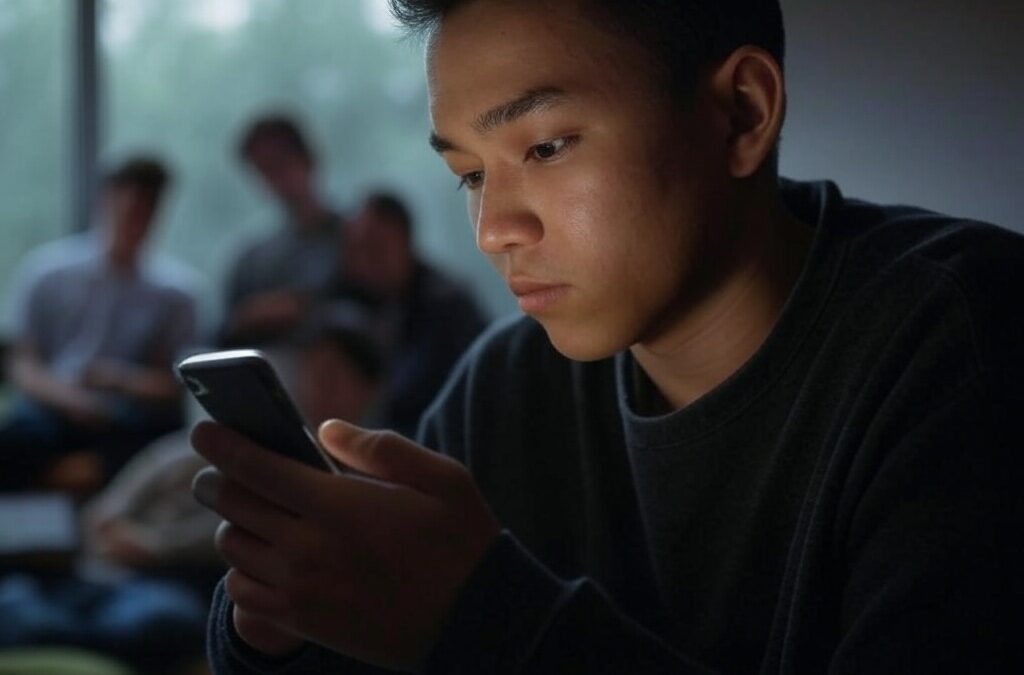
40 Social Dilemma Examples in the World & Real Life
Social dilemmas are everywhere. They shape the choices we make at work, in our communities, and even on a global...

30 Favor Examples & Definition
Doing a favor means helping someone without expecting anything in return. It’s an act of kindness that can strengthen...
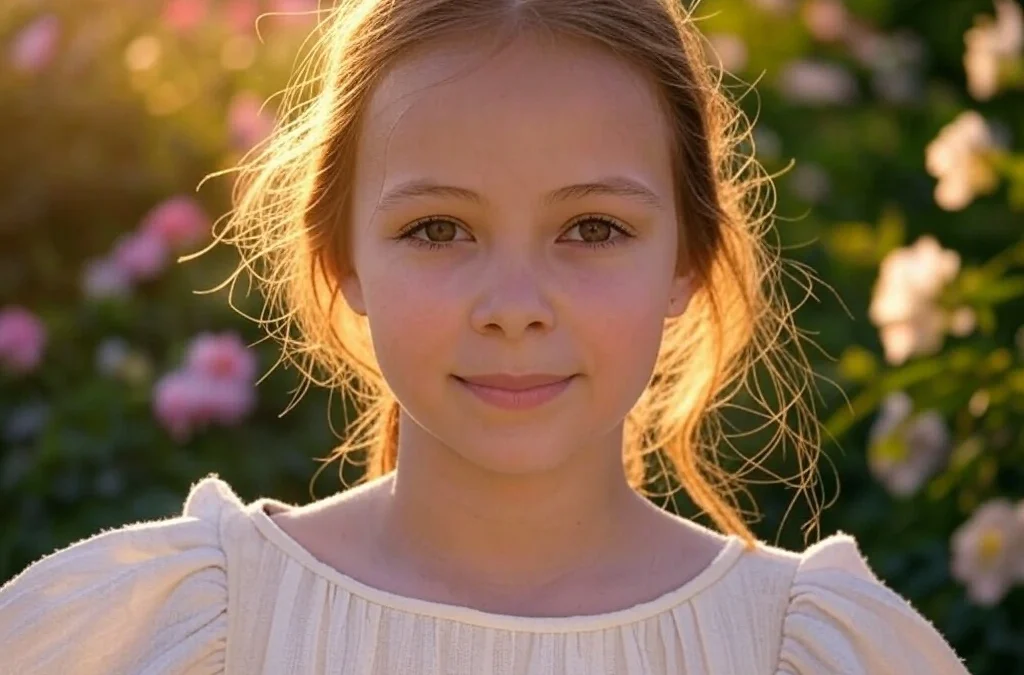
30 Naivety Examples & Definition
Naivety is something most people experience at some point in their lives. It often starts in childhood, but for some,...
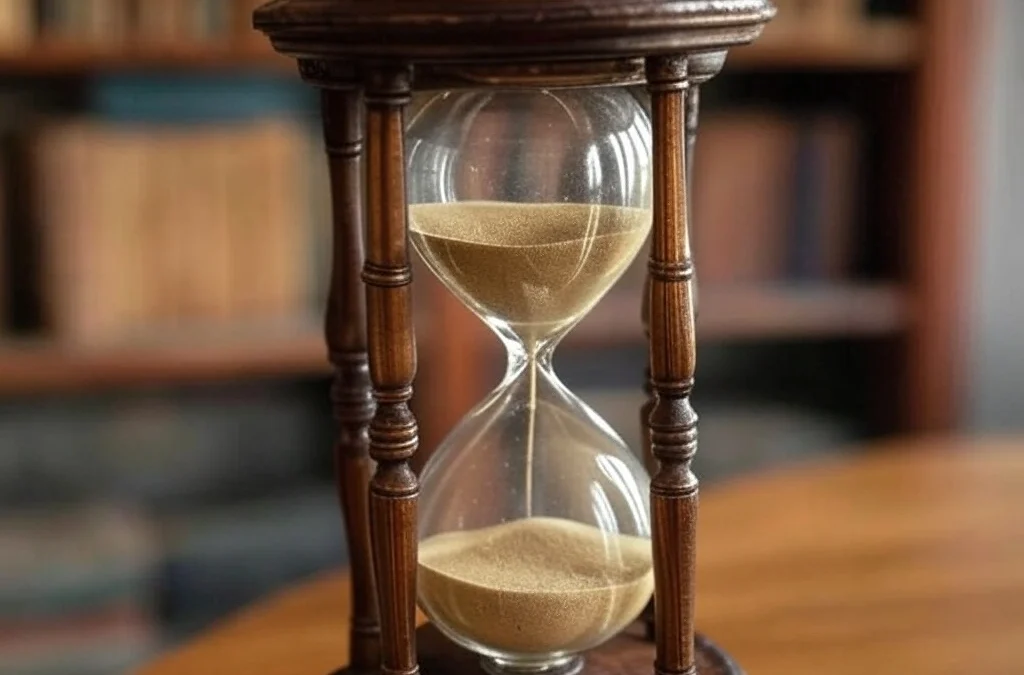
20 Chronology Examples & Meaning
Chronology is something we use more than we realize. It shows up in conversations, in how we remember the past, and in...

30 Wishful Thinking Examples & Meaning
Wishful thinking is something we all do at some point. You hope things will turn out fine—even if there’s no real...
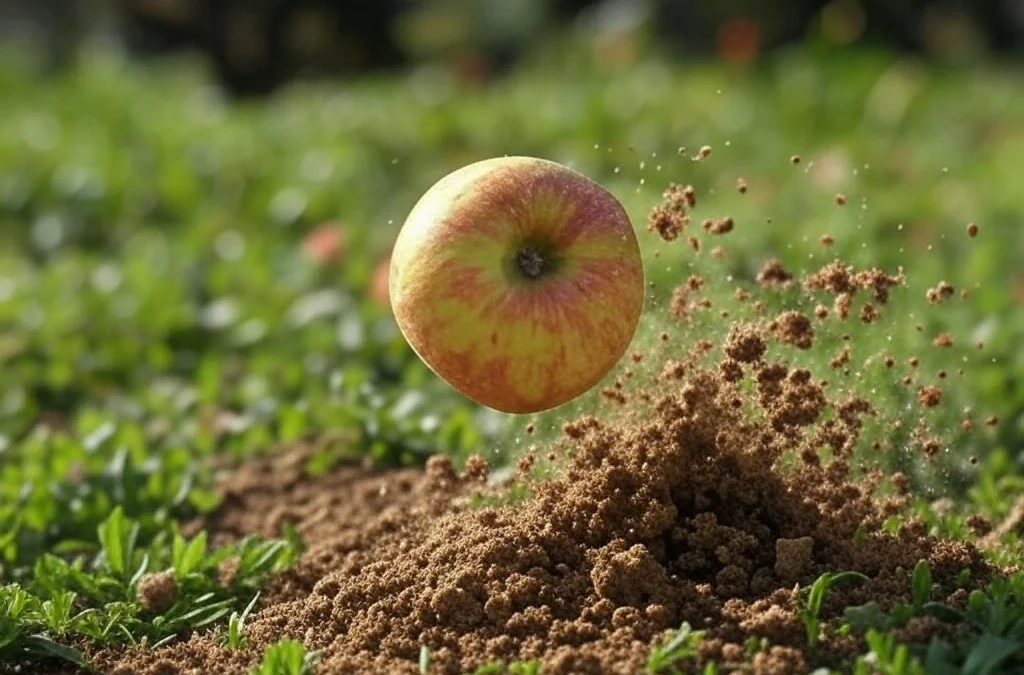
20 Examples of Gravity & What Gravity Really Is
Gravity is one of the most important forces in the universe, but many people don’t fully understand what it really is...

20 Examples of Secondary Consumers in the Food Chain
Secondary consumers are animals that eat other animals—usually herbivores that feed on plants. They’re an important...
Get Inspired with BitGlint
The Latest
50 Ambition Examples in Life and Work
Ambition is the drive to achieve something greater. It pushes people to improve, set goals, and keep moving forward—even when things aren’t easy. But ambition doesn’t always look the same for everyone. For some, it’s about building a career. For others, it’s about...
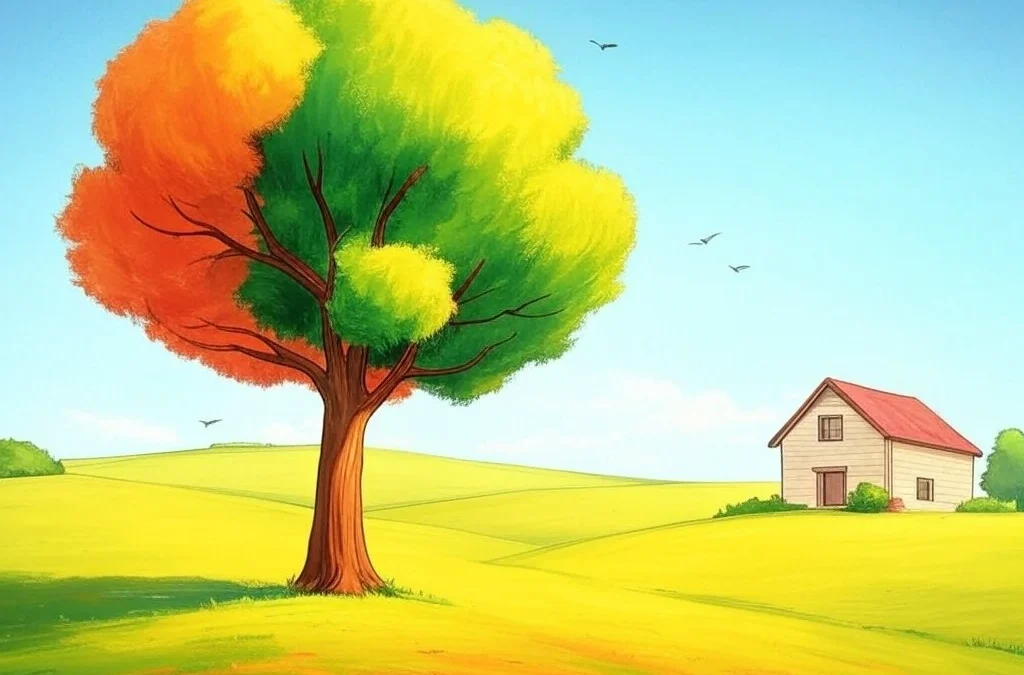
30 Oversimplification Examples & What it Means
Oversimplification is everywhere. You've probably encountered it many times - on social media, in casual conversations, and even in the news. But what exactly is oversimplification, and why should you care? Simply put, oversimplification happens when complex issues...
20 Discourse Examples & What the Term Means
Imagine you're at a family dinner, and the conversation shifts from the weather to your cousin's new job. As everyone shares their thoughts and experiences, you're witnessing discourse in action. Discourse is all around us—it's the way we communicate and share ideas,...
20 Desperation Examples & Definition
Desperation is something we all experience at different points in our lives. From the student frantically cramming for an important exam to the job seeker applying to every possible position, desperation can push us to our limits. It's that feeling when you're running...

